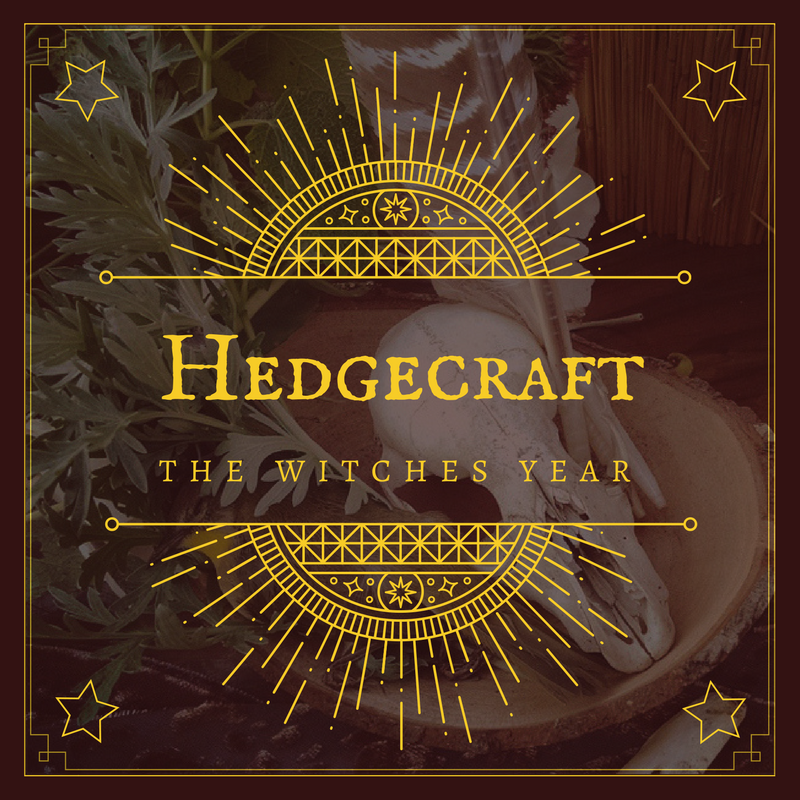|
I guess I'll jump right into it with my first blog post. Yesterday I went out to a special place and harvested Sugar Maple, Privet, Ironwood, Spicebush, and other wonderful woods to make some of my favorite tools. The rods; Stangs, Wands and Staves . 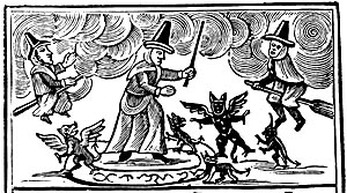 As a woodcarver, there is no greater feeling then the clean slice of wet bark with a sharp knife, revealing the smooth, naked wood beneath. Watching the wood dry and decide on what color it shall keep is equally satisfying. If you've never met Spicebush, or Lindera benzoin, then you are missing out on a special treat. Settlers called it "poor man's allspice" because of it's incredible fragrance and taste, similar to cloves. I think it is one of the most lovely plants in Western North Carolina that I stumble upon quite frequently. Not often used, I think more people would fall in love if they made an effort to court this sweet plant. This shrub grows all over our land, so much so we even named it Lindera. You can find spicebush in damp, shaded, woodlands, on mountains' lower slopes, in thickets, and along stream banks, throughout the Eastern United States, except the northernmost regions. Pioneers knew that where spice bush grows, rich soils lay. I like to use the twigs and leaves for tea mid-spring to fall. It is spicy sweet and reminiscent of lemony-cinnamon. I harvest the berries at summer's end and preserve them in honey for tea and baking.The Creek, Cherokee, Rappahannock, Moheghan and Chippewa tribes all used it as a medicine, tea and spice as well. This plant is known for its use in the treatment of colds, fevers, dysentery, and internal parasites.
It was also used to bring on delayed menses, and as a spring tonic. Today we can use a hot decoction as an effective diaphoretic in respiratory infections, flu and fever to bring on sweating. It can also help with menstrual cramps and nausea. Try one cup of hot a decoction of the twigs and leaves 2-4 times a day for medicinal effect. The wood is lovely and fragrant as well, and is quite nice to carve, a medium hardness. I've been harvesting wood for Stangs to sell to those who may be less inclined to venture out with saw and knife, but I harvested one that I can't let go. It is my perfect height with a gentle crook that fits my hand. So on my journey to stock up on wood, I really found what I didn't even realize I was looking for.
0 Comments
Leave a Reply. |
Archives
April 2024
To support me in my research and work, please consider donating. Every dollar helps!
|
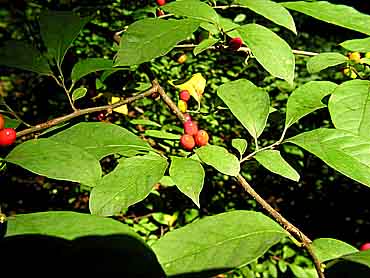
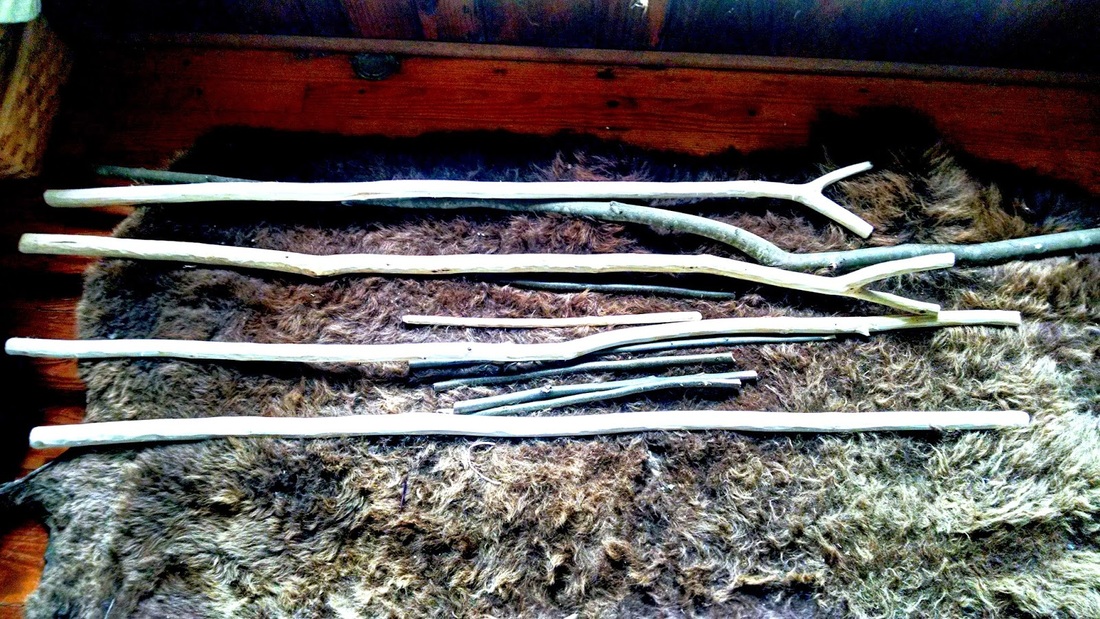
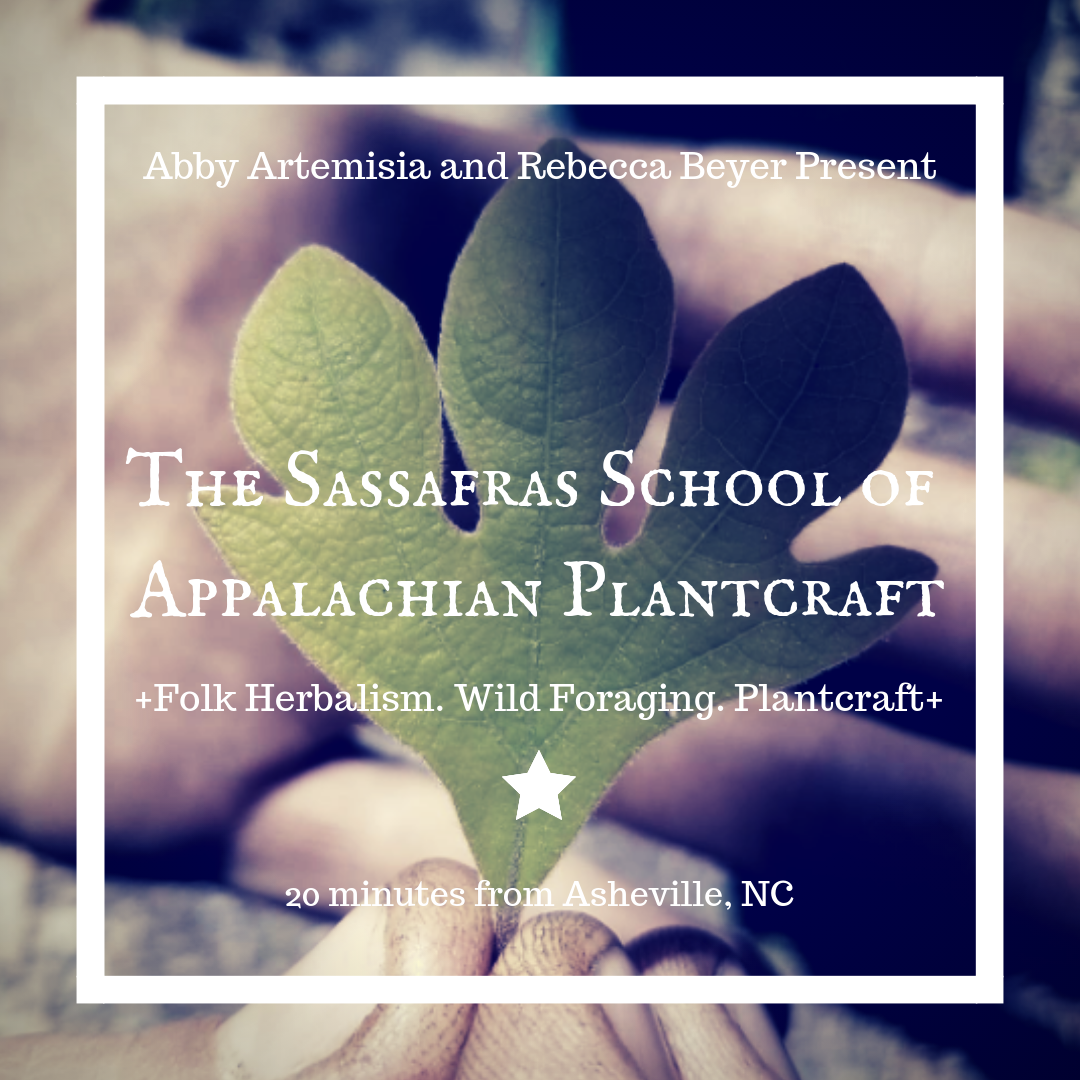
 RSS Feed
RSS Feed
